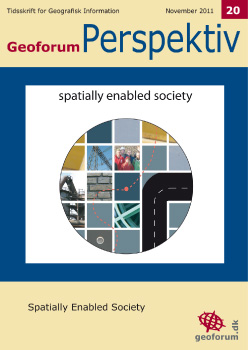Towards spatially enabled digital government
DOI:
https://doi.org/10.5278/ojs.persk..v10i20.451Resumé
Geographical information (GI) and spatial data infrastructure (SDI) has gained increasing awareness among researchers as well as among executive level managers and politicians. In Europe especially the adoption of the INSPIRE Directive has put spatial data infrastructure on the agendas of the parliaments combined with national e-Government strategies. In Denmark this top-down approach to development of e-Government has been combined with an informal, bottom-up approach with a focus on standardisation, the use of geographical information systems (GIS) and IT-architecture. Though, dealing with the transformation of procedures relating to traditional parts of the Danish public administration lack of awareness regarding place and location as integrative infrastructural elements is still a challenge. This paper will present the Danish case of digitalising the administration of real property rights as means of analysing the potentials as well as challenges in fulfilling the vision of a spatially enabled digital government.Downloads
Publiceret
01-03-2012
Nummer
Sektion
Fagfællebedømte artikler (Peer-reviewed)
Licens
Artikler publiceret i Geoforum Perspektiv er licenseret under en Creative Commons Ikke Kommerciel - 4.0 licens. Læs mere her.





